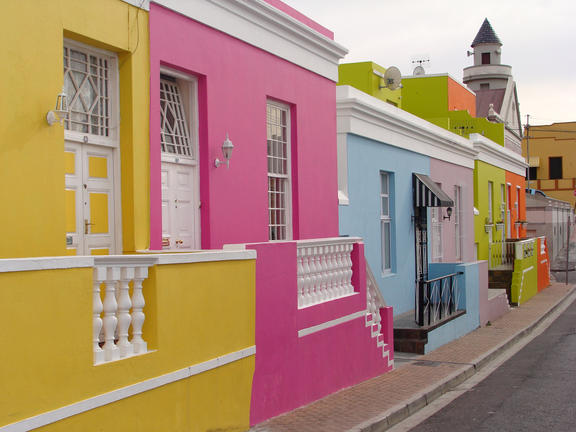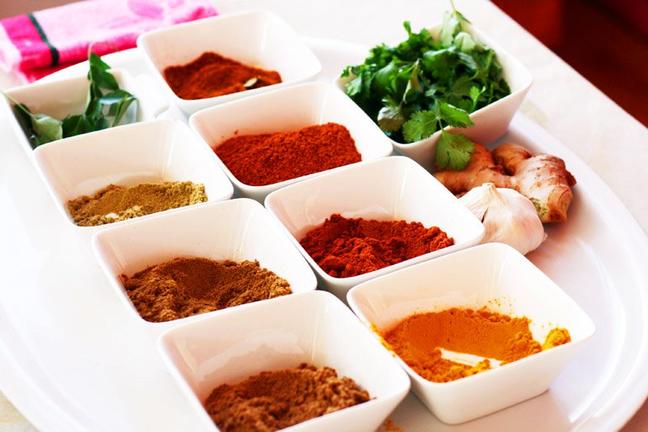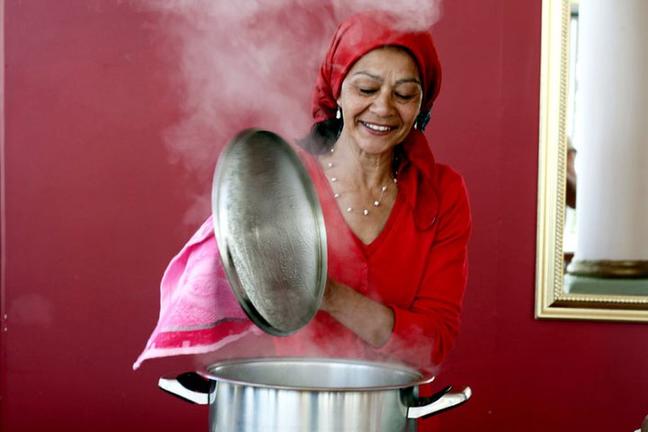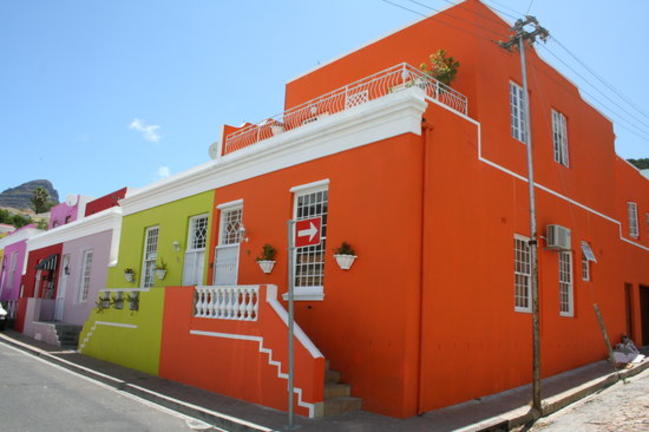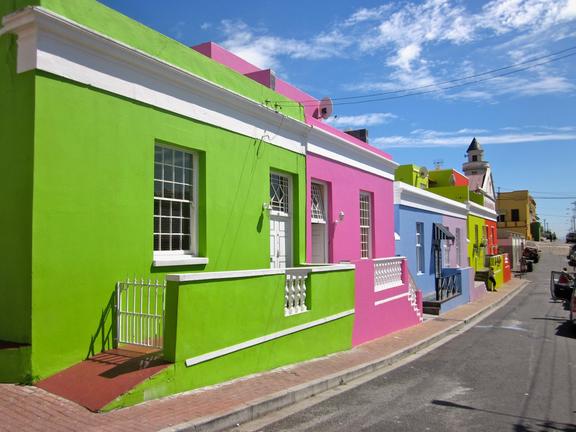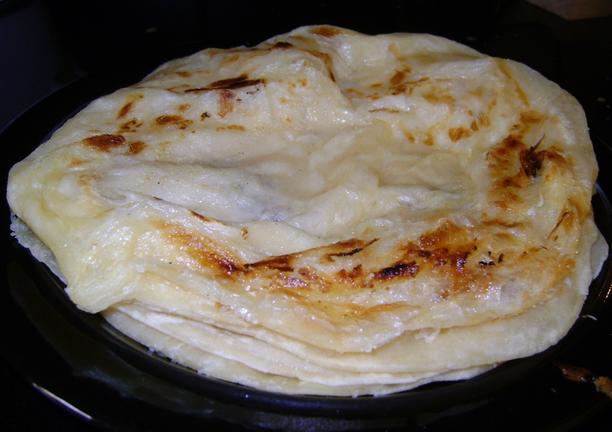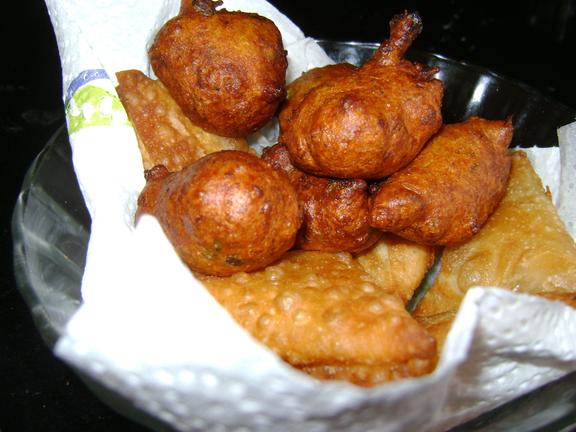Cape Town's Bo-Kaap and District 6 neighbourhoods are an integral part of South Africa’s history, especially in Cape Town. The Dutch East India Company transported enslaved Muslim Javanese from what is now present-day Indonesia and Malaysia to the Cape. The community grew to include Muslims from East Africa, Madagascar, and India. As the Malay language was the first most widely spoken by the community, the term ‘Malay’ came to represent all Muslims in the Cape, irrespective of their original homelands.
The District 6 Museum is the best place to start your journey through the Bo-Kaap and its culinary delights. District 6 was also known as Kanaladorp. Kanala is a Malay word meaning ‘help one another’ and ‘dorp’ is Afrikaans for small village. The small museum tells the true story of the residents of the vibrant and diverse District 6 from where over 60 000 multi-race, multi-faith people were forcefully removed to make way for the white population who wanted the land. The removals tookplace over 15 years. Homes were flattened. The only buildings left standing were places of worship. The area was then called Zonnebloom, but in 2019 was changed back to District 6.
The Cape Malay who lived in the Bo-Kaap, a short walk from District 6 were allowed to remain as the community was not a multi-faith, multi-race community but solely Muslim. Here the streets are lined with instantly recognisable multi-coloured houses, cobbled streets, spice shops and local mosques.
This bright and colourful area is one of the most photographed places in Cape Town.
Our first stop is a visit to Atlas Spices. Established in 1946, this family owned business in the heart of the Bo-Kaap sells fine spices, rice, and rare products from across the world.
The Bo-Kaap provides one of the most delectable experiences in Cape Town – a hands-on cooking class in the home of one of the Bo-Kaap families. Here, your host will teach you how to make rotis which are flat breads delicious with curries, create and fold spicy stuffed samosas, and cook a favourite snack – the crunchy on the outside, soft in the middle chili bites. And what better way to enjoy the food and Cape Malay hospitality then to relax and have lunch eating the food you created as well as a famous Cape Malay curry. Finish off your meal with a cup of cardamom tea and a Cape Malay koe'sister – not to be confused with the Afrikaans treat, the syrup-sticky koeksister.

